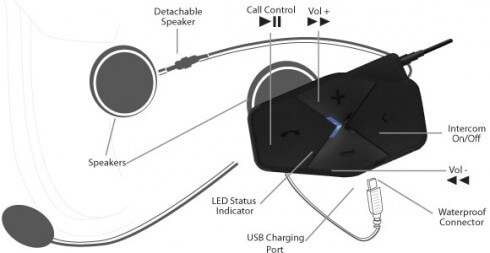 Massachusetts lawmakers are weighing a near total ban on buying and selling of location data drawn from consumers’ mobile devices in the state, in what would be the first-in-the-nation effort to rein in a billion-dollar industry, The Wall Street Journal reported.
Massachusetts lawmakers are weighing a near total ban on buying and selling of location data drawn from consumers’ mobile devices in the state, in what would be the first-in-the-nation effort to rein in a billion-dollar industry, The Wall Street Journal reported.
According to The Wall Street Journal, the Massachusetts legislature held a hearing last month on a bill called the Location Shield Act, a sweeping proposal that would sharply curtail the collecting and selling location data drawn from mobile phones in Massachusetts. The proposal would also institute a warrant requirement for law-enforcement access to location data, banning data brokers from providing location information about state residents without court authorization in most circumstances.
Location data is typically collected through mobile apps and other digital services and doesn’t include information such as a name or a phone number, The Wall Street Journal reported. But often, a device’s movement patters are enough to derive a possible identity of its owner. For example, where a phone spends its evening and overnight hours is usually the owner’s home address and can be cross-checked against other databases for additional insight…
…No state has gone so far as to completely ban the sale of location data on residents. The most common approach in other states is to require digital services and data brokers to obtain clear consent from consumers to collect data and put some restrictions on transfer and sale.
…The bill has drawn the support of a coalition of progressive activists in a state where Democrats have supermajorities in both chambers of the state legislature and control the governorship. The bill is sponsored by Sen. Cindy Creem, a Democrat representing the Boston suburbs, who also serves as the majority leader in the state Senate.
Engadget reported that the Massachusetts state legislature is considering bill that would ban the sale of users’ phone location data. If passed, the Location Shield Act would be the first such law in the nation as Congress stalls on comprehensive user privacy solutions on a national scale. The state’s proposed legislation would also require a warrant for law enforcement to access user location data from data brokers.
Engadget noted that the bill wouldn’t prevent Massachusetts residents from using their phone’s location services for things that directly benefit them – like Google Maps navigation, DoorDash deliveries or hailing an Uber. However, it would bar tech companies and data vendors from selling that data to third parties – a practice without any clear consumer benefit.
The Location Shield Act is backed by the ACLU and various progressive and pro-choice groups, who see a greater urgency to block the dissemination of user location in a post-hobbs world. As red states increasingly criminalize abortion, concerns have grown over the transfer of user data to catch women traveling out of state to undergo the procedure or access medication. In addition, the bill’s backers raise concerns about national security and digital-stalking implications.
According to Engadget, requiring law enforcement to provide a warrant to access user location data could also help curtail the rising trend of law enforcement buying that information commercially. A 2022 ACLU investigation found that the Department of Home Security bought over 336,000 data points to essentially bypass the Fourth Amendment requirement for a search warrant.
Personally, I hope that the Massachusetts law goes into effect as soon as possible. That could encourage other states to make the same kind of bill. Nobody likes data brokers who sneakily steal information from other people’s phones.

 We put apps on our phones for many reasons. Some apps are useful – they tell us the weather, the pollen count, and the latest news. Other apps allow us to post things from our phones to social media.
We put apps on our phones for many reasons. Some apps are useful – they tell us the weather, the pollen count, and the latest news. Other apps allow us to post things from our phones to social media. 




 ‘ve always been a bit on the fence when it comes to wireless charging. The wireless charger itself still needs to be plugged in with a wire.
‘ve always been a bit on the fence when it comes to wireless charging. The wireless charger itself still needs to be plugged in with a wire.
 on the Samsung wireless charger and as soon as the ignition comes on while I’m driving the phone is charging without me having to futz around with plugging wires in. Also, the phone connects to the car’s audio system via stereo Bluetooth, making for a 100% seamless experience.
on the Samsung wireless charger and as soon as the ignition comes on while I’m driving the phone is charging without me having to futz around with plugging wires in. Also, the phone connects to the car’s audio system via stereo Bluetooth, making for a 100% seamless experience.
 The
The 